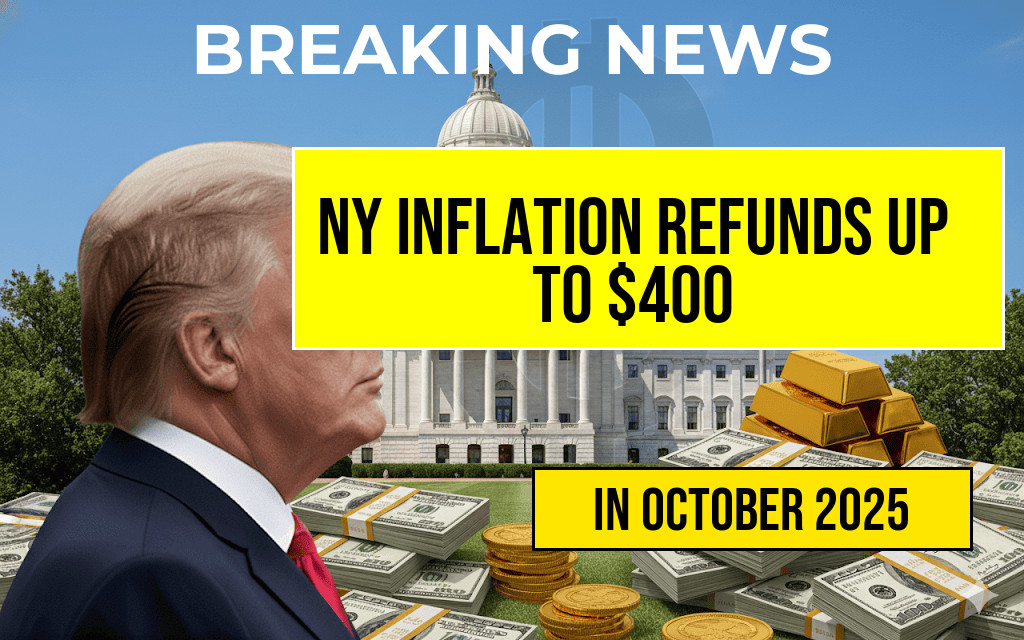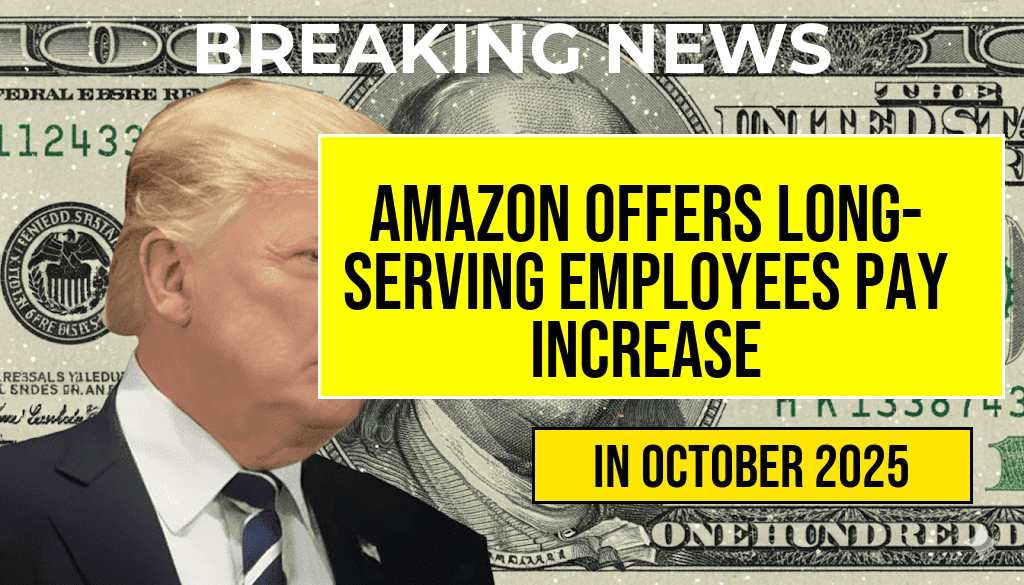Amazon has announced a significant investment of $1.1 billion aimed at boosting its fulfillment workforce across the United States. This funding will directly increase the average pay for fulfillment center workers to over $23 per hour, marking a strategic move to improve employee compensation amid ongoing labor market shifts. The initiative underscores Amazon’s commitment to attracting and retaining talent amidst rising competition in the logistics and e-commerce sectors. The company’s latest financial commitment not only enhances wages but also aims to improve working conditions and provide additional benefits for its fulfillment employees. As Amazon continues to expand its infrastructure, this investment signals a broader effort to address labor concerns while maintaining its competitive edge in a rapidly evolving marketplace.
Details of the Investment and Wage Increase
Amazon’s announced $1.1 billion investment is earmarked for employee wages, benefits, and operational improvements across its network of fulfillment centers. The move is part of the company’s broader strategy to improve working conditions and reduce turnover rates, which have been persistent challenges in the logistics industry. As part of this initiative, the average hourly pay for fulfillment workers will now surpass $23, a notable increase from previous averages that hovered around $18 to $20 per hour in many regions.
Implications for the Workforce
- Enhanced Compensation: The wage increase aims to make Amazon fulfillment roles more competitive, especially as warehouses face stiff competition from other logistics firms and retail giants.
- Job Stability and Benefits: Alongside higher wages, Amazon has pledged to improve benefits, including health coverage, paid time off, and training programs for career advancement.
- Retention and Recruitment: The investment is designed to reduce turnover rates, which have historically been high in fulfillment centers, and to attract new workers amid a tight labor market.
Broader Industry Context
Amazon’s wage hike comes at a time when the U.S. labor market is experiencing unprecedented shifts. The company, which employs over 800,000 workers nationwide (according to Wikipedia), has faced scrutiny over working conditions and pay scales. This investment reflects an effort to proactively address those concerns while positioning itself as a more attractive employer in the increasingly competitive logistics space.
Comparative Perspective
| Company | Average Hourly Wage | Additional Benefits |
|---|---|---|
| Amazon | $23+ (post-increase) | Health insurance, stock options, training programs |
| Walmart | $15–$20 | Health benefits, employee discounts |
| FedEx | $18–$22 | Retirement plans, health coverage |
Strategic Goals Behind the Investment
Amazon’s push to raise wages aligns with its long-term vision of maintaining operational excellence and customer satisfaction. By investing heavily in its workforce, the company aims to:
- Reduce labor shortages: Higher wages are expected to attract more applicants, ensuring fulfillment centers operate smoothly during peak seasons.
- Improve employee retention: Competitive pay and benefits can decrease turnover, which is costly and disruptive to logistics operations.
- Enhance brand reputation: Demonstrating a commitment to fair wages may improve public perception and help mitigate criticism related to working conditions.
Industry Reactions and Future Outlook
Labor advocates and industry analysts view Amazon’s $1.1 billion investment as a potential catalyst within the broader retail and logistics sectors. Some experts suggest that such wage increases could pressure competitors to follow suit, leading to broader improvements in warehouse worker compensation across the industry. However, others note that sustained investment and labor relations strategies will be critical to translating wage hikes into meaningful, long-term change.
As Amazon continues to evolve amid economic and technological challenges, its focus on workforce investment may serve as a blueprint for balancing growth with employee well-being. The coming months will reveal how this financial commitment influences operational efficiency, employee satisfaction, and competitive positioning within the global e-commerce landscape.
Frequently Asked Questions
What is the total amount Amazon has invested to improve fulfillment workers’ pay?
Amazon has invested a total of 1.1 billion dollars to increase the wages of its fulfillment workers.
How has Amazon’s investment impacted the average pay for fulfillment workers?
Following the investment, the average pay for Amazon’s fulfillment workers has risen to over $23 per hour.
Which employees are affected by Amazon’s wage increase?
The fulfillment workers at Amazon warehouses and distribution centers are directly impacted by this wage increase.
When did Amazon implement this pay raise for its fulfillment staff?
The pay increase was announced and implemented as part of Amazon’s recent investment initiative, with the exact date corresponding to the announcement in 2023.
What is the significance of Amazon’s investment in its workforce?
This investment highlights Amazon’s commitment to improving worker compensation and maintaining its competitive edge in the logistics and e-commerce industries.








